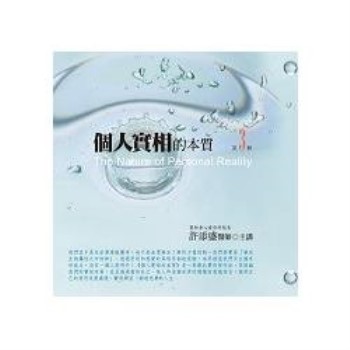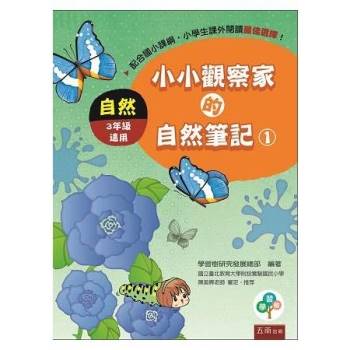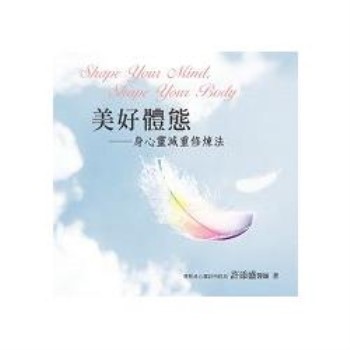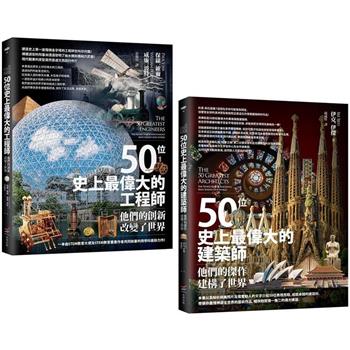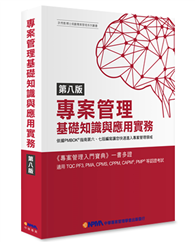Today, Americans are some of the world’s biggest consumers of black teas; in Japan, green tea, especially sencha, is preferred. These national partialities, Robert Hellyer reveals, are deeply entwined. Tracing the transpacific tea trade from the eighteenth century onward, Green with Milk and Sugar shows how interconnections between Japan and the United States have influenced the daily habits of people in both countries.
Hellyer explores the forgotten American penchant for Japanese green tea and how it shaped Japanese tastes. In the nineteenth century, Americans favored green teas, which were imported from China until Japan developed an export industry centered on the United States. The influx of Japanese imports democratized green tea: Americans of all classes, particularly Midwesterners, made it their daily beverage--which they drank hot, often with milk and sugar. In the 1920s, socioeconomic trends and racial prejudices pushed Americans toward black teas from Ceylon and India. Facing a glut, Japanese merchants aggressively marketed sencha on their home and imperial markets, transforming it into an icon of Japanese culture. Featuring lively stories of the people involved in the tea trade--including samurai turned tea farmers and Hellyer’s own ancestors--Green with Milk and Sugar offers not only a social and commodity history of tea in the United States and Japan but also new insights into how national customs have profound if often hidden international dimensions.| FindBook |
有 1 項符合
Green with Milk and Sugar: When Japan Filled America’s Tea Cups的圖書 |
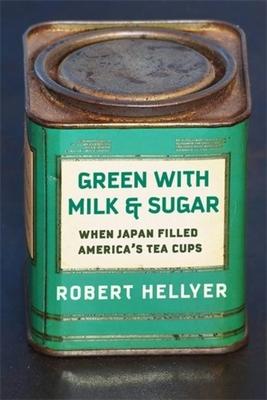 |
Green with Milk and Sugar: When Japan Filled America’s Tea Cups 作者:Hellyer 出版社:Columbia University Press 出版日期:2024-04-16 語言:英文 規格:平裝 / 304頁 / 普通級/ 初版 |
| 圖書館借閱 |
| 國家圖書館 | 全國圖書書目資訊網 | 國立公共資訊圖書館 | 電子書服務平台 | MetaCat 跨館整合查詢 |
| 臺北市立圖書館 | 新北市立圖書館 | 基隆市公共圖書館 | 桃園市立圖書館 | 新竹縣公共圖書館 |
| 苗栗縣立圖書館 | 臺中市立圖書館 | 彰化縣公共圖書館 | 南投縣文化局 | 雲林縣公共圖書館 |
| 嘉義縣圖書館 | 臺南市立圖書館 | 高雄市立圖書館 | 屏東縣公共圖書館 | 宜蘭縣公共圖書館 |
| 花蓮縣文化局 | 臺東縣文化處 |
|
|
圖書介紹 - 資料來源:博客來 評分:
圖書名稱:Green with Milk and Sugar: When Japan Filled America’s Tea Cups
|
